St. Thomas' Hospital: Difference between revisions
No edit summary |
|||
| Line 42: | Line 42: | ||
There were some twenty-four priors, masters, wardens or rectors who served between the foundation of the hospital and the Dissolution of the Monasteries in 1539. | There were some twenty-four priors, masters, wardens or rectors who served between the foundation of the hospital and the Dissolution of the Monasteries in 1539. | ||
Dr. Eleazar Hodson was the first St Thomas' physician about whom the medical historian Joseph Frank Payne was able to find any precise information. Hodson received his medical degree at Padua in 1612 and became F.R.C.P. in 1618. | Dr. Eleazar Hodson was the first St Thomas' physician about whom the medical historian Joseph Frank Payne was able to find any precise information. Hodson received his medical degree at Padua in 1612 and became F.R.C.P. in 1618. At the end of the 17th century, the hospital and church were largely rebuilt by Sir Robert Clayton, president of the hospital and a former Lord Mayor of London. Thomas Cartwright was the architect for the work. A statue of Clayton now stands at the north entrance to Ward Block of North Wing at St Thomas' Hospital and is Grade I listed. In 1721 Sir Thomas Guy, a governor of St Thomas', founded Guy's Hospital as a place to treat 'incurables' discharged from St Thomas'. | ||
Some parts of the old St Thomas' Hospital survive on the north side of St Thomas Street, Southwark including the old St. Thomas' Church, now used mostly as offices but including the Old Operating Theater, which is now a museum. However the hospital left Southwark in 1862, when its ancient site was compulsorily purchased to make way for the construction of the Charring Cross railway viaduct from London Bridge Station. The hospital was temporarily housed at Royal Surrey Gardens in Newington (Walworth) until new buildings on the present site in Lambeth near Lambeth Palace were completed in 1871. | |||
Some parts of the old St Thomas' Hospital survive on the north side of St Thomas Street, Southwark including the old St. Thomas' Church, now used mostly as offices but including the Old Operating | |||
The present-day St Thomas' Hospital is located at a site historically known as Stangate in the London Borough of Lambeth. It is directly across the River Thames from the Palace of Westminster on a plot of land largely reclaimed from the river during construction of the Albert Embankment in the late 1860s. The new buildings were designed by Henry Currey and the foundation stone was laid by Queen Victoria in 1868. There was a seventh pavilion at the north end of the site next to Westminster Bridge Road for the "Treasurer's House" (hospital offices). The hospital initially had 600 beds. | The present-day St Thomas' Hospital is located at a site historically known as Stangate in the London Borough of Lambeth. It is directly across the River Thames from the Palace of Westminster on a plot of land largely reclaimed from the river during construction of the Albert Embankment in the late 1860s. The new buildings were designed by Henry Currey and the foundation stone was laid by Queen Victoria in 1868. There was a seventh pavilion at the north end of the site next to Westminster Bridge Road for the "Treasurer's House" (hospital offices). The hospital initially had 600 beds. | ||
| Line 52: | Line 50: | ||
This was one of the first new hospitals to adopt the "pavilion principle" – popularized by Florence Nightingale in her Notes on Nursing – by having six separate ward buildings at right angles to the river frontage set 125 feet apart and linked by low corridors. The intention was primarily to improve ventilation and to separate and segregate patients with infectious diseases. | This was one of the first new hospitals to adopt the "pavilion principle" – popularized by Florence Nightingale in her Notes on Nursing – by having six separate ward buildings at right angles to the river frontage set 125 feet apart and linked by low corridors. The intention was primarily to improve ventilation and to separate and segregate patients with infectious diseases. | ||
An urban legend suggests that by convention, deaths in the Palace of Westminster are recorded as occurring in St Thomas' Hospital, because it is technically a royal palace, and as such people who die there would be entitled to a state funeral. This is not true, since state funerals for any person other than a sovereign require an order from the reigning monarch as well as a parliamentary vote to | An urban legend suggests that by convention, deaths in the Palace of Westminster are recorded as occurring in St Thomas' Hospital, because it is technically a royal palace, and as such people who die there would be entitled to a state funeral. This is not true, since state funerals for any person other than a sovereign require an order from the reigning monarch as well as a parliamentary vote to authorize the funding. | ||
A similar myth suggests that the place of death is changed because a death in a royal palace would require an inquest from the Coroner of the Queen's Household and a hearing before a jury of members of the Royal Household. Although the position of Coroner of the Queen's Household was abolished by the Coroners and Justice Act 2009,[18] in the past the Coroner was responsible for inquests where the victim was "lying within the limits of the Queen's palaces", which would have included the Palace of Westminster. However, there is no proof that deaths at Westminster were ever reported as happening at St Thomas' Hospital to avoid involving the Coroner. When Sir Alfred Billson died in the House of Commons in 1907, his death was recorded as occurring in the House and not at St Thomas' Hospital. | A similar myth suggests that the place of death is changed because a death in a royal palace would require an inquest from the Coroner of the Queen's Household and a hearing before a jury of members of the Royal Household. Although the position of Coroner of the Queen's Household was abolished by the Coroners and Justice Act 2009,[18] in the past the Coroner was responsible for inquests where the victim was "lying within the limits of the Queen's palaces", which would have included the Palace of Westminster. However, there is no proof that deaths at Westminster were ever reported as happening at St Thomas' Hospital to avoid involving the Coroner. When Sir Alfred Billson died in the House of Commons in 1907, his death was recorded as occurring in the House and not at St Thomas' Hospital. | ||
The hospital was requisitioned by the War Office in 1914 to create the 5th London General Hospital, a facility for the Royal Army Medical Corps to treat military casualties. | The hospital was requisitioned by the War Office in 1914 to create the 5th London General Hospital, a facility for the Royal Army Medical Corps to treat military casualties. | ||
Revision as of 17:22, 8 June 2024
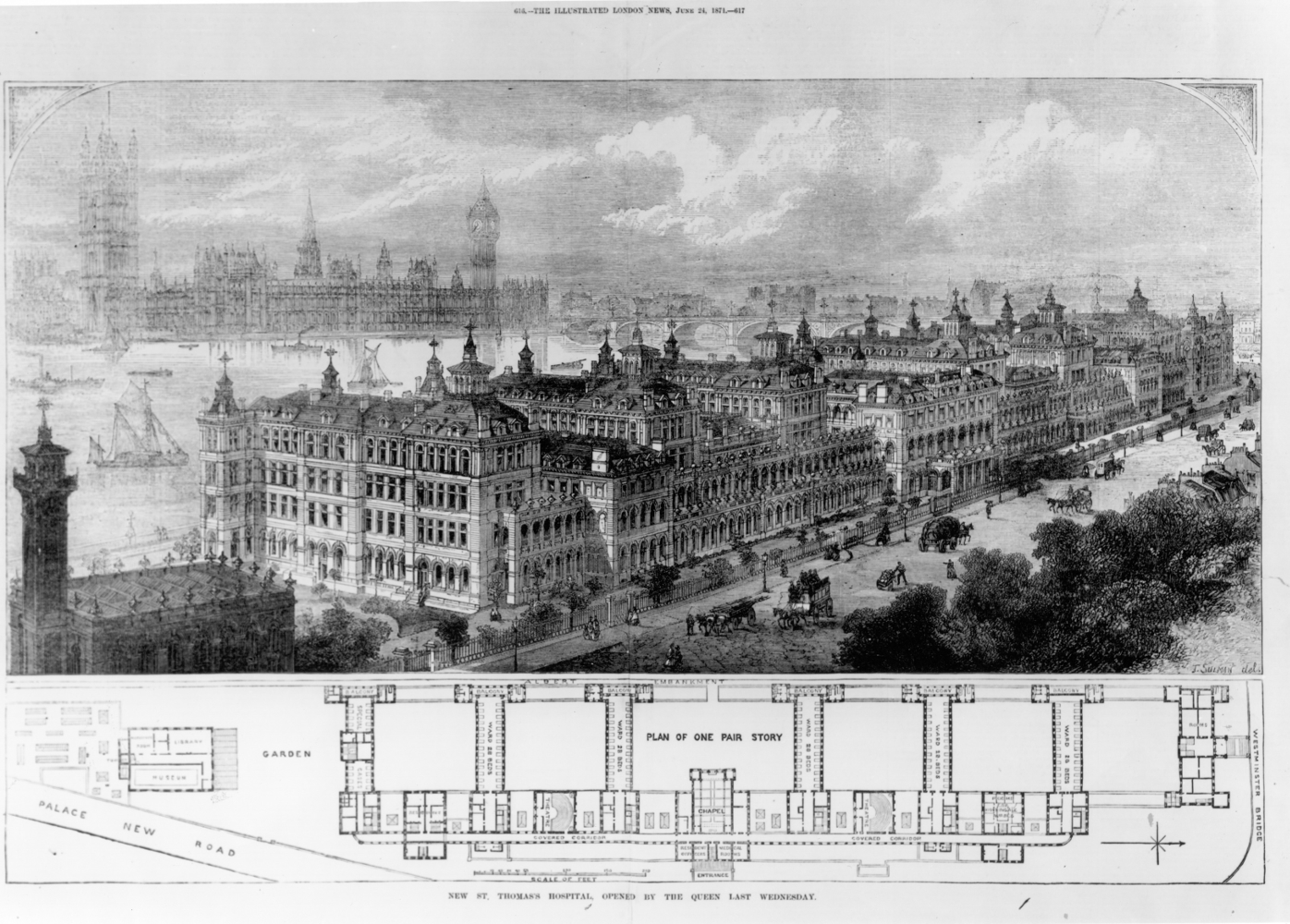
Originally located in Southwark, but based in Lambeth since 1871, the hospital has provided healthcare freely or under charitable auspices since the 12th century.
 ,
,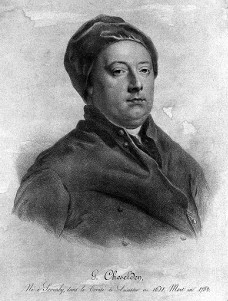 ,
,  ,
,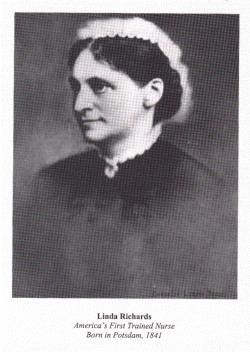 , [[]],[[]], [[]]
, [[]],[[]], [[]]
It is one of London's most famous hospitals, associated with names such as Astley Cooper, William Cheselden, Florence Nightingale, Linda Richards, Edmund Montgomery, Agnes Elizabeth Jones and Sir Harold Ridley.

It is a prominent London landmark – largely due to its location on the opposite bank of the River Thames to the Houses of Parliament.
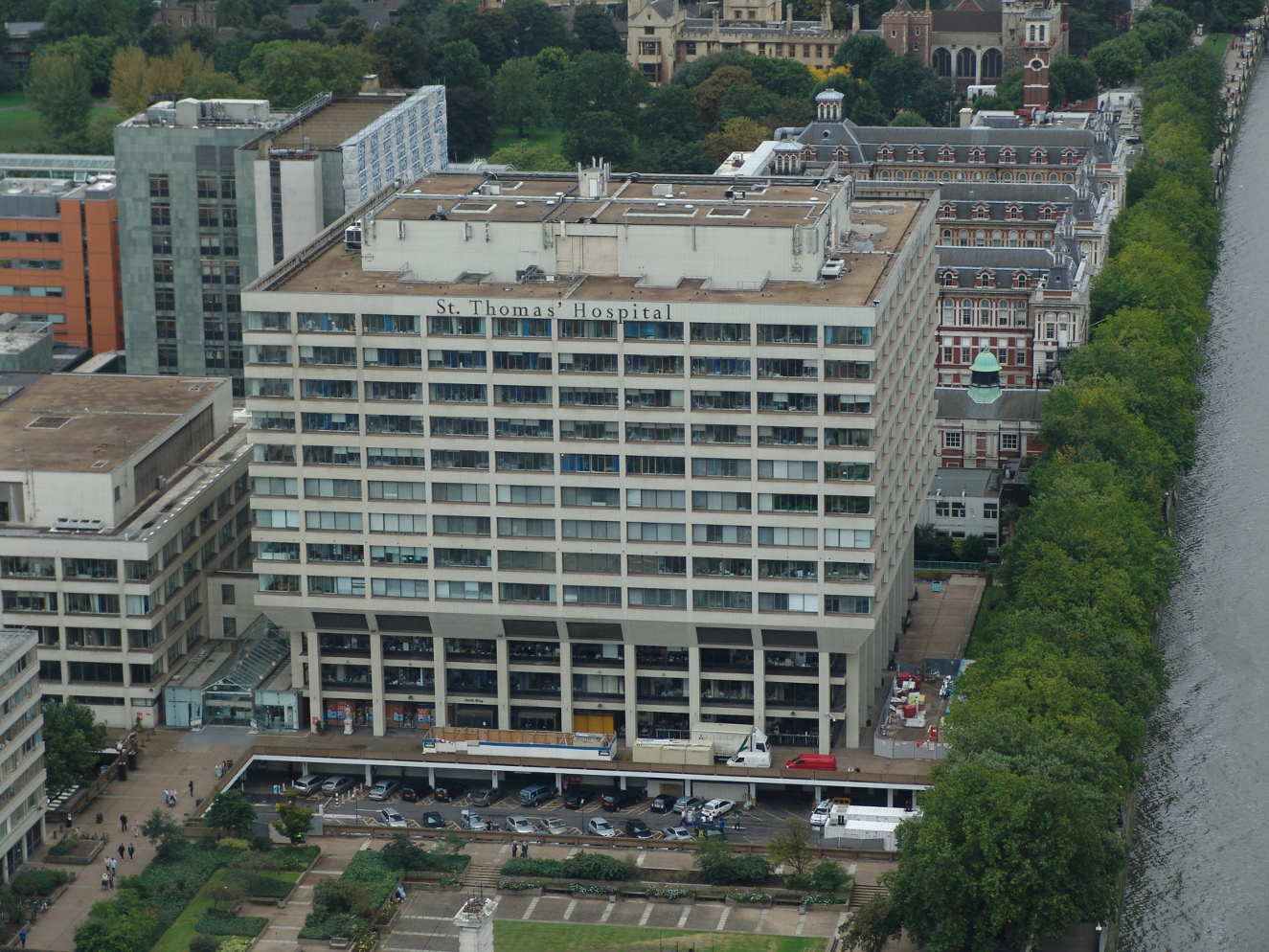
St Thomas' Hospital is accessible from Westminster tube station (a ten-minute walk across Westminster bridge), Waterloo station (tube and national rail, also a ten-minute walk) and Lambeth North tube station (another ten-minute walk).
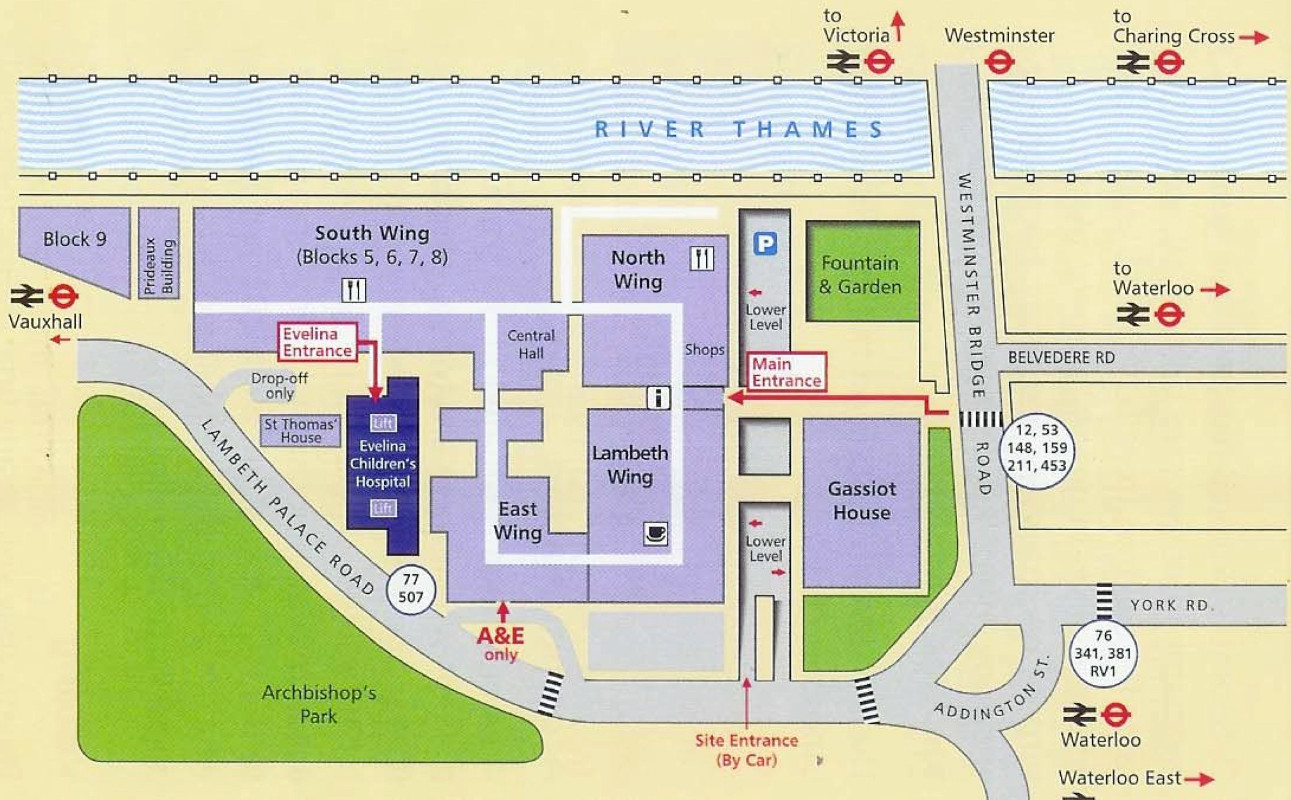
St Thomas' Hospital is a large NHS teaching hospital in Central London, England. Administratively part of the Guy's and St Thomas' NHS Foundation Trust, together with Guy's Hospital, Evelina London Children's Hospital, Royal Brompton Hospital and other sites. It is also a member of King's Health Partners, an academic health science centre, and is one of three sites used by King's College London GKT School of Medical Education.
Originally located in Southwark, but based in Lambeth since 1871, the hospital has provided healthcare freely or under charitable auspices since the 12th century. It is one of London's most famous hospitals, associated with people such as Sir Astley Cooper, William Cheselden, Florence Nightingale, Alicia Lloyd Still, Linda Richards, Edmund Montgomery, Agnes Elizabeth Jones and Sir Harold Ridley. It is a prominent London landmark – largely due to its location on the opposite bank of the River Thames to the Houses of Parliament.
St Thomas' Hospital is accessible from Westminster tube station (a 10-minute walk across Westminster Bridge), Waterloo station (tube and national rail, also a 10-minute walk) and Lambeth North tube station (another 10-minute walk).
History
The hospital was described as ancient in 1254 and was named after St Thomas Becket – which suggests it may have been founded after 1173 when Becket was canonised.[2] This date was when it was relocated from the precinct of St Mary Overie Priory to "Trenet Lane", then later to St Thomas Street. However, it is possible it was only renamed in 1173 and that there was an infirmary at the priory when it was founded at Southwark in 1106.
Originally the hospital was run by a mixed order of Augustinian canons regular and canonesses regular, dedicated to St Thomas Becket, and provided shelter and treatment for the poor, sick, and homeless. In the 15th century, Richard Whittington endowed a lying-in ward for unmarried mothers. The monastery was dissolved in 1539 during the Reformation and the hospital closed but reopened in 1551 and rededicated to Thomas the Apostle.[3][2] This was due to the efforts of the City of London who obtained the grant of the site and a charter of 1553 from Edward VI (26th June, 7 Edw. VI) establishing three institutions Bridewell Hospital, Christ's Hospital and St Thomas' Hospital. The hospital has remained open ever since.
The hospital was also where one of the first printed English Bibles was produced in 1537, and this is commemorated by a plaque on the surviving wing in Borough High Street. The plaque inaccurately refers to "the first printed Bible in English" rather than "one of the first".
There were some twenty-four priors, masters, wardens or rectors who served between the foundation of the hospital and the Dissolution of the Monasteries in 1539.
Dr. Eleazar Hodson was the first St Thomas' physician about whom the medical historian Joseph Frank Payne was able to find any precise information. Hodson received his medical degree at Padua in 1612 and became F.R.C.P. in 1618. At the end of the 17th century, the hospital and church were largely rebuilt by Sir Robert Clayton, president of the hospital and a former Lord Mayor of London. Thomas Cartwright was the architect for the work. A statue of Clayton now stands at the north entrance to Ward Block of North Wing at St Thomas' Hospital and is Grade I listed. In 1721 Sir Thomas Guy, a governor of St Thomas', founded Guy's Hospital as a place to treat 'incurables' discharged from St Thomas'.
Some parts of the old St Thomas' Hospital survive on the north side of St Thomas Street, Southwark including the old St. Thomas' Church, now used mostly as offices but including the Old Operating Theater, which is now a museum. However the hospital left Southwark in 1862, when its ancient site was compulsorily purchased to make way for the construction of the Charring Cross railway viaduct from London Bridge Station. The hospital was temporarily housed at Royal Surrey Gardens in Newington (Walworth) until new buildings on the present site in Lambeth near Lambeth Palace were completed in 1871.
The present-day St Thomas' Hospital is located at a site historically known as Stangate in the London Borough of Lambeth. It is directly across the River Thames from the Palace of Westminster on a plot of land largely reclaimed from the river during construction of the Albert Embankment in the late 1860s. The new buildings were designed by Henry Currey and the foundation stone was laid by Queen Victoria in 1868. There was a seventh pavilion at the north end of the site next to Westminster Bridge Road for the "Treasurer's House" (hospital offices). The hospital initially had 600 beds.
This was one of the first new hospitals to adopt the "pavilion principle" – popularized by Florence Nightingale in her Notes on Nursing – by having six separate ward buildings at right angles to the river frontage set 125 feet apart and linked by low corridors. The intention was primarily to improve ventilation and to separate and segregate patients with infectious diseases.
An urban legend suggests that by convention, deaths in the Palace of Westminster are recorded as occurring in St Thomas' Hospital, because it is technically a royal palace, and as such people who die there would be entitled to a state funeral. This is not true, since state funerals for any person other than a sovereign require an order from the reigning monarch as well as a parliamentary vote to authorize the funding.
A similar myth suggests that the place of death is changed because a death in a royal palace would require an inquest from the Coroner of the Queen's Household and a hearing before a jury of members of the Royal Household. Although the position of Coroner of the Queen's Household was abolished by the Coroners and Justice Act 2009,[18] in the past the Coroner was responsible for inquests where the victim was "lying within the limits of the Queen's palaces", which would have included the Palace of Westminster. However, there is no proof that deaths at Westminster were ever reported as happening at St Thomas' Hospital to avoid involving the Coroner. When Sir Alfred Billson died in the House of Commons in 1907, his death was recorded as occurring in the House and not at St Thomas' Hospital.
The hospital was requisitioned by the War Office in 1914 to create the 5th London General Hospital, a facility for the Royal Army Medical Corps to treat military casualties.